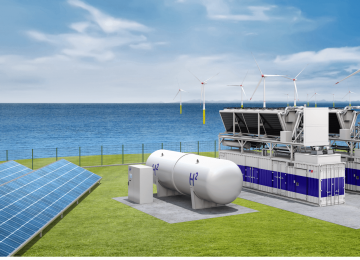A new research report by RightShip reveals a persistent, costly disconnect within the maritime sector. Shipowners are investing in ESG performance, but commercial pressures compel charterers to prioritize cost and availability over sustainability measures during vessel selection.
The report, From Pledges to Practice, highlights that the maritime industry’s ESG ambitions are not translating into commercial reality at the crucial point of the fixture desk.
The visibility gap in vessel performance:
The findings demonstrate a significant divide between intent and incentive. A large majority of shipowners report going above and beyond basic compliance standards—73% exceed compliance in safety, 60% go beyond baseline sustainability standards, and 67% exceed crew welfare standards.
However, only a small fraction of charterers currently offer better commercial terms for these high-performing vessels. The data indicates that while 73% of charterers cite safety records as a significant influence on their choice, a striking 87% of shipowners report that charterers still deprioritize ESG performance when faced with tighter budgets or limited vessel availability.
The problem is compounded by a lack of transparent data, especially concerning social metrics. For crew welfare, which nearly half of charterers claim is important, only 7% possess the necessary tools or data to assess this factor credibly during negotiations. This invisibility means owners who invest in safer, greener, and more socially responsible vessels often find their efforts are unrewarded in the marketplace.
Linking ethics to financial outcomes:
The report forcefully argues that safety and welfare are not abstract ethical ideals; they are fundamental to commercial performance. The launch event discussed real-world examples, such as a minor mooring line failure costing only $4,000 in repairs but resulting in a three-to-four-hour loading interruption. This delay equated to approximately 28,000 tonnes of iron ore and nearly $3 million in lost value, underscoring the high cost of minor safety failures.
The core challenge, as identified by the research, is ensuring that high standards translate into tangible commercial advantage.
The path to zero harm:
The report calls for industry-wide alignment around four major actions to close this gap:
- Rewarding ESG leadership with tangible commercial benefits.
- Defining and standardizing what “good performance” looks like across all vessel types.
- Ensuring ESG data is trusted, transparent, and integrated into everyday decision-making.
Steen Lund, Chief Executive Officer, RightShip, said, “Closing the ESG gap requires collaboration across the value chain, linking safety, sustainability, and crew welfare not only to ethics but also to a commercial advantage, ensuring a safer, fairer, and more resilient maritime future.”
Christopher Saunders, Chief Maritime Officer, RightShip, stated that current market signals are fragmented. “Owners are investing in safer operations, lower emissions, and better crew welfare, but the signals charterers rely on are fragmented. Our report shows the path to fix this: agree on what ‘good’ looks like, make the data decision-grade, and reward leadership with real commercial advantages.”












